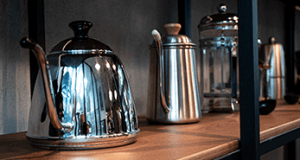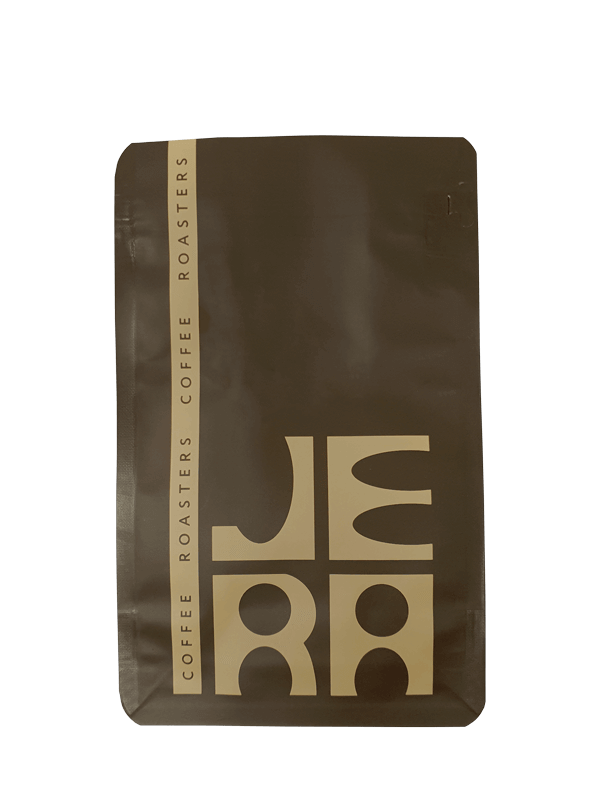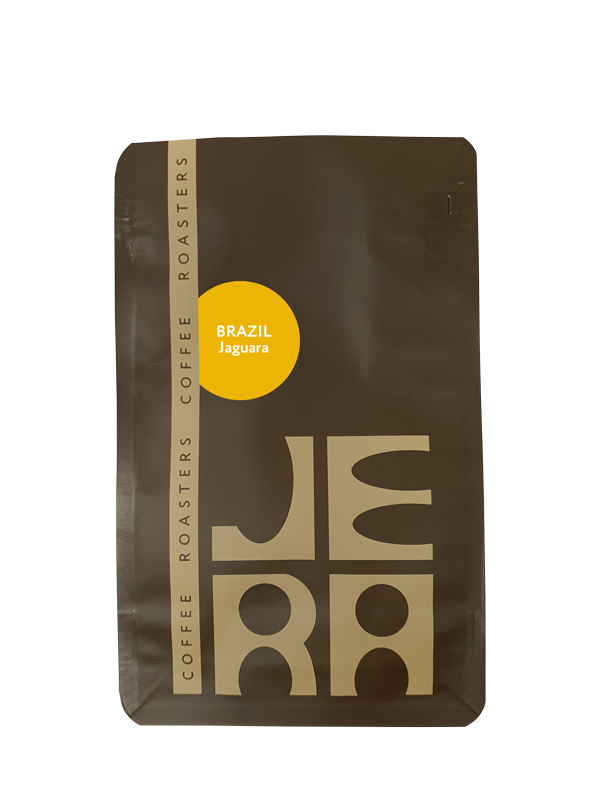קפה קלוי מקניה | Embu County, Ndunduri wet mill
קפה מקניה ברמה גבוהה מאוד
נקי, מתוק עם חמיצות עוצמתית ומורכבת. הקפה לפילטר.
₪55.00 – ₪220.00
Ndunduri was built in the early 70s and it is located at the steps of Mount Kenya. There is good management and support from the farmers and staff. It is common to see other crops on the coffee farms like passion fruits, maize, beans, tea, even though farmers are monitored by the field committee not to intercrop
The factory is receiving assistance from Coffee Management Services (CMS). This way, farmers have access to training programs focused on increasing coffee production, Good Agricultural Practice seminars, and input access. Additionally, farmers receive a sustainable farming handbook which gets updated and distributed annually
Through the pre-financing they receive, farmers are given advances for school fees and farm inputs. The factory manager is re-trained every year by CMS, in addition to field days being held by the minister of agriculture and agrochemical companies that deliver inputs to the farmers. Demonstration plots are planted at the factory to reinforce the best practices taught throughout the year
Post-harvest
After picking, ripe cherry is brought to the factory before it undergoes processing to remove the skin and pulp – known as the wet processing method. The factory is using a disc pulper with three sets of discs to remove the skin and fruit from the inner parchment layer that is protecting the green coffee bean. After pulping, the coffee is fermented overnight to break down the sugars, before it is cleaned, soaked and spread out on the raised drying tables. Drying time will depend on the climate, temperature, and volume of coffee. But it generally takes from 7 to 15 days in total.
Sustainability
When coffees are processed, wastewater is discarded in soaking pits and is also recirculated for conservation. The factory counts on 8 soak pits which are enough for draining wastewater. Additionally, Napier grass and trees are planted to help purify the wastewater, and there is no river in the surroundings that could be polluted due to the activity on the farm.
קניה נחשבת לאחד ממקורות הקפה הטובים ביותר. קפה בקניה גדל באיזורים גבוהים במיוחד, דבר שעוזר לדובדבנים להתפתח באיטיות ותורם משמעותית לאיכותם. קפה קנייתי ידוע בחמיצות הגבוהה שלו .כשאחד הגורמים המשמעותיים הוא שיטת העיבוד הנפוצה במדינה – העיבוד השטוף. לעתים קרובות מגדלי קפה ישטפו פעמיים את הפולים ובכך יבליטו ארומה הדרית ותחושת פה נהדרת שתזכיר תה שחור. עיבוד שטוף (רטוב) פופולרי מאוד בקניה וקולומביה. בשיטה זו, רוב התהליך יתבצע כשקליפת הקפה מופרדת מהפולים. ההתססה עצמה יכולה להתבצע עם או בלי הקליפה, אך בשלב מוקדם המגדל ייפטר ממנה וישטוף את הפולים היטב במים – עד שהשכבה הרירית הדביקה (mucilage) שנמצאת בין הפול לקליפה תוסר לחלוטין. לקפה בעיבוד שטוף לרוב תהיה חמיצות דומיננטית, טעמים של פירות הדר ואלגנטיות. חליטות של קפה מסוג זה ייחשבו לחליטות נקיות וחלקות.











